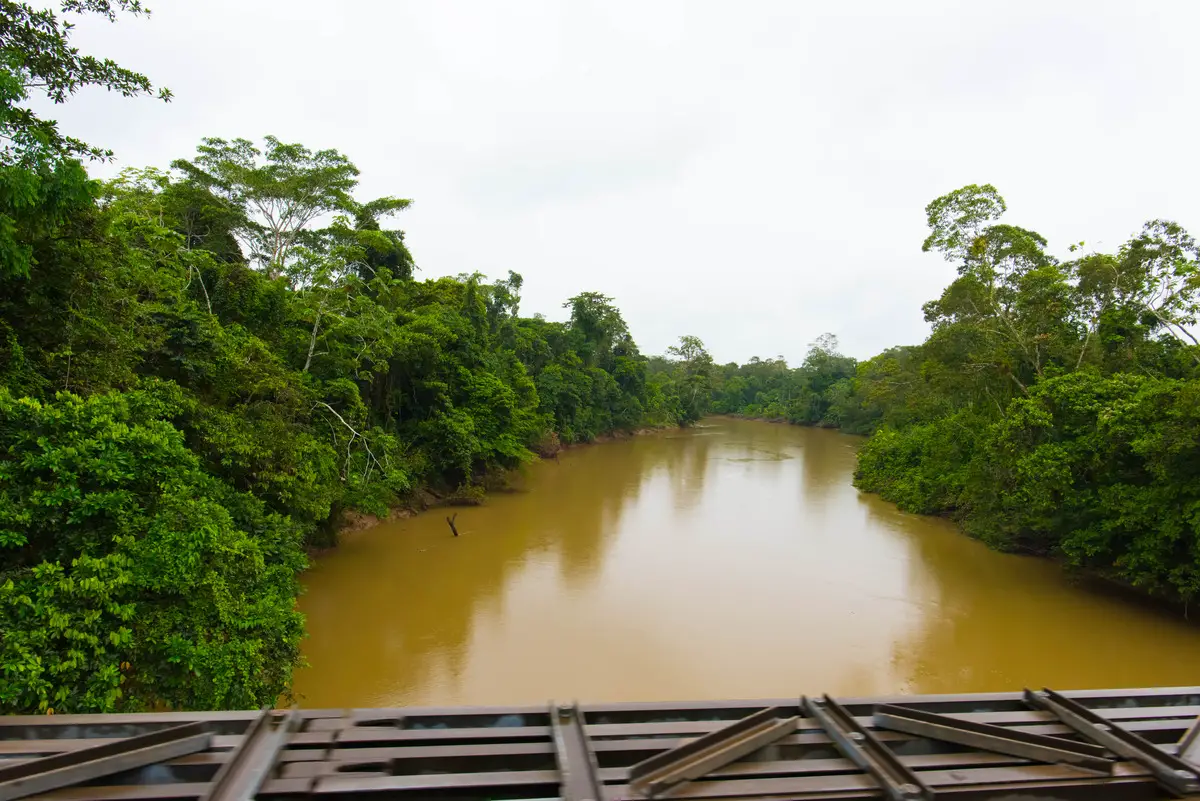Wonder
The southernmost forest at Cape Horn
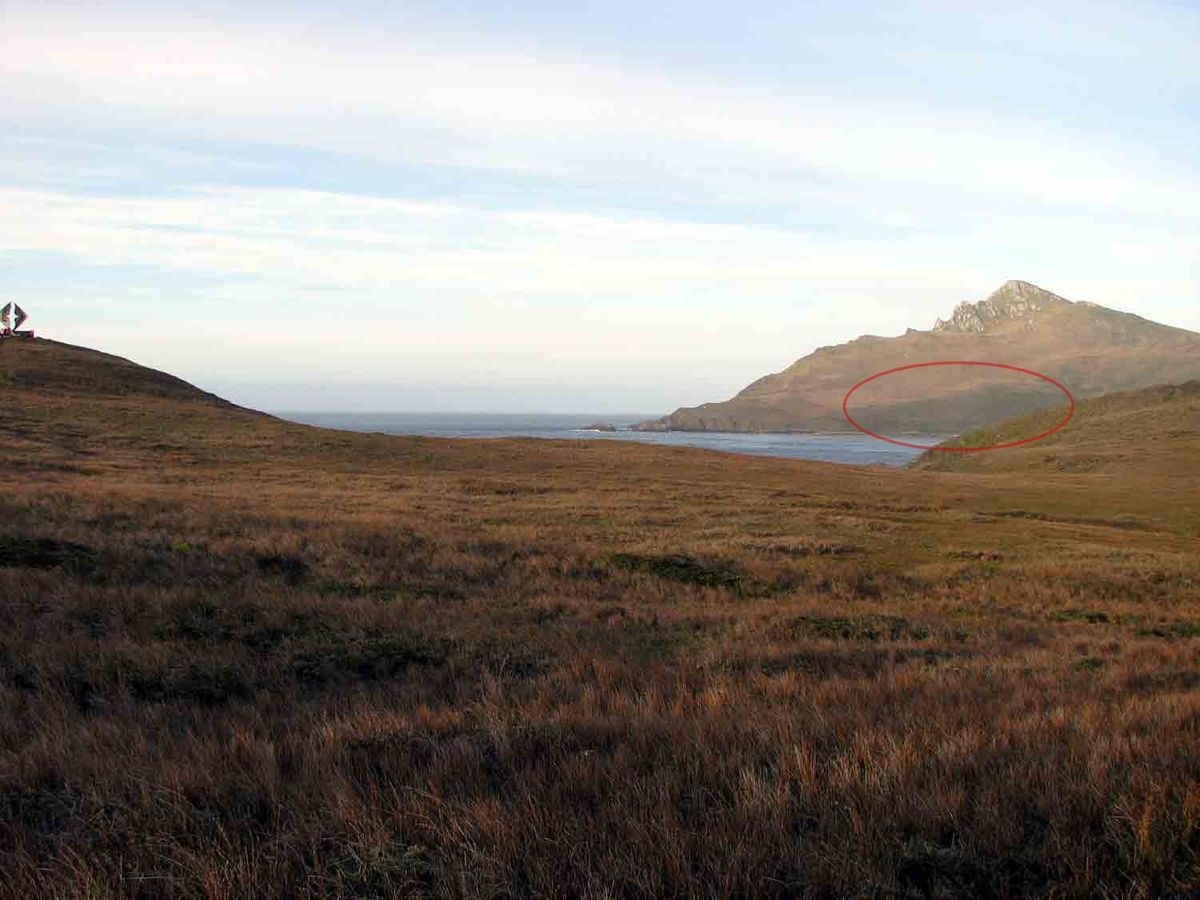
 In short
In short
The southernmost forest of the world is located in the southern part of Hornos Island, just 1.4 – 1.7 km from the famous Cape Horn. This is a low, stunted group of bushes and trees that grows in extreme weather conditions.
 34.5%
34.5%
GPS coordinates
Location, address
Area
Dominating tree species
Map of the site
If you see this after your page is loaded completely, leafletJS files are missing.
 In detail
In detail
The southernmost forests of the world grow in the far south of Southern America, in the wind-swept Cape Horn archipelago. Just some 1.5 km from Cape Horn is a dense thicket of low shrubs and trees rising for a few meters above the peatland.
Magellanic subpolar forests
These southernmost forests belong to an unusual type of temperate rainforests – Magellanic subpolar forests. These forests are in the extreme southwest of South America, where the humid oceanic air brings abundant showers of rain. The climate there is cool – the medium temperature is just 3 – 4 degrees °C. Very frequent are storms and the very south – Hornos Island – is the stormiest among them all.
In spite of the low temperature, abundant rain is beneficial for vegetation. Low temperatures lead to another phenomenon – organic substances decompose slowly and, as a result, peat accumulates there faster than anywhere else in the world. As a result, it is even hard to tell the border between the ground and the “above the ground”: the forest grows on chaotic stacks of dead wood and leaves, legs of explorers all the time get stuck between the trunks and in the wet peat.
Description
Those tourists who manage to reach Hornos Island, usually see the southernmost forest when they visit the Faro de Cabo de Hornos and the nearby monument to the sailors who lost their lives at Cape Horn. But, in order to reach it, one should walk 4 – 5 km through the thicket. The weather usually is bad and, frankly, in the end, there would be not much to see anyway.
The southernmost forest of the world grows in a comparatively leeward location where the plants are protected by a mountain crest from the dominant western winds. It is exactly the force of the wind that prevents the further spread of forest on the island – the temperature and humidity there are suitable for forests.
The trees rise some 4 – 5 m above the ground. Constant winds have bent their trunks towards the east. In the forest grow several species of trees: ñire Nothofagus antarctica, Magellan’s beech (Nothofagus betuloides), and winter’s bark (Drimys winteri). One more common tree of Magellanic rainforests – Nothofagus pumilio – is absent there, although forests in the nearby Navarino Island have this tree as well.
The world’s southernmost tree is located just some 500 m south of this thicket. This is a low, small Magellan’s beach (Nothofagus betuloides) in a sparse group of seven trees. The tree rises above the ground for 57 cm, although it is some 2 m long. It is located just 17 m south of other tree species – ñire trees (Nothofagus antarctica) and winter’s barks (Drimys winteri).
Global climate change brings more severe winds to Cape Horn. Thus, the future brings more challenges to the hardy forest of Horno Island.
References
- Brian Buma, Andrés Holz, Iván Diaz, Ricardo Rozzi, The world’s southernmost tree and the climate and windscapes of the southernmost forests, Ecography, September 2020. Accessed in 6 February 2022
- Craig Welch, The tree at the bottom of the world—and the wind-blasted trek to find it, National Geographic, May 2021. Accessed in 6 February 2022
The southernmost forest at Cape Horn is included in the following article:
 Linked articles
Linked articles
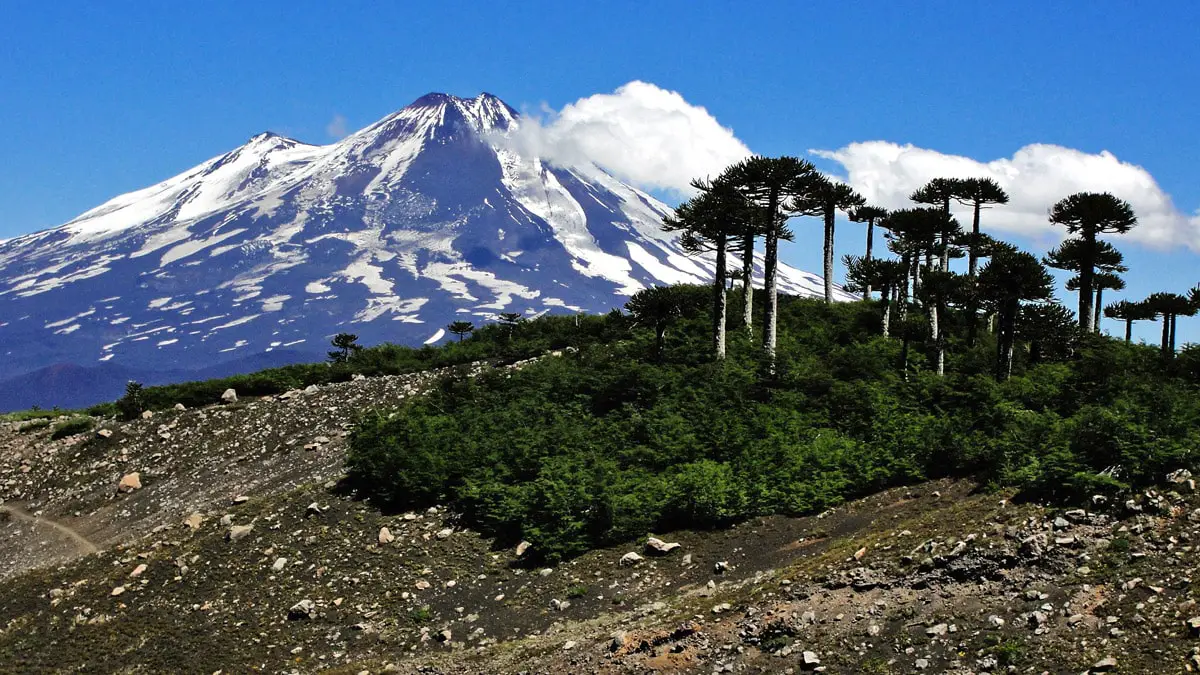
Wonders of Chile
The natural and man-made heritage of Chile is very diverse, also thanks due to the extreme length of the country extending from the driest deserts in the north to the most southern historical inhabited lands of the world in Patagonia. Highlights of Chile are magnificent views of Patagonian Andes and fjords, the volcanic landscape of Northern and Central Chile, and the driest desert of the world – the Atacama.
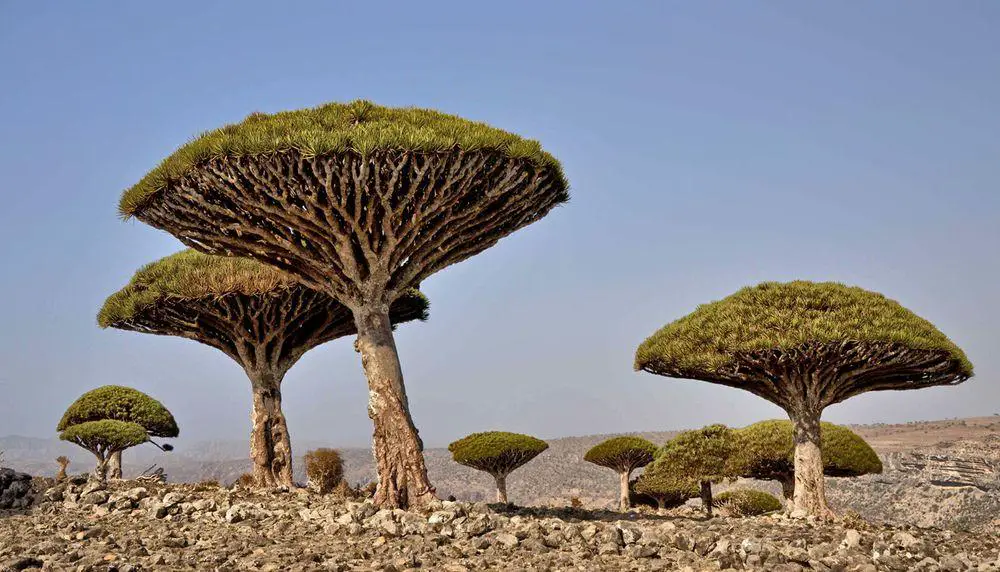
Ecosystems
Biotope is a rather small area with uniform environmental conditions and a specific community of life. Wondermondo describes biotopes and ecosystems which have striking looks, look very beautiful, or have other unusual characteristics.
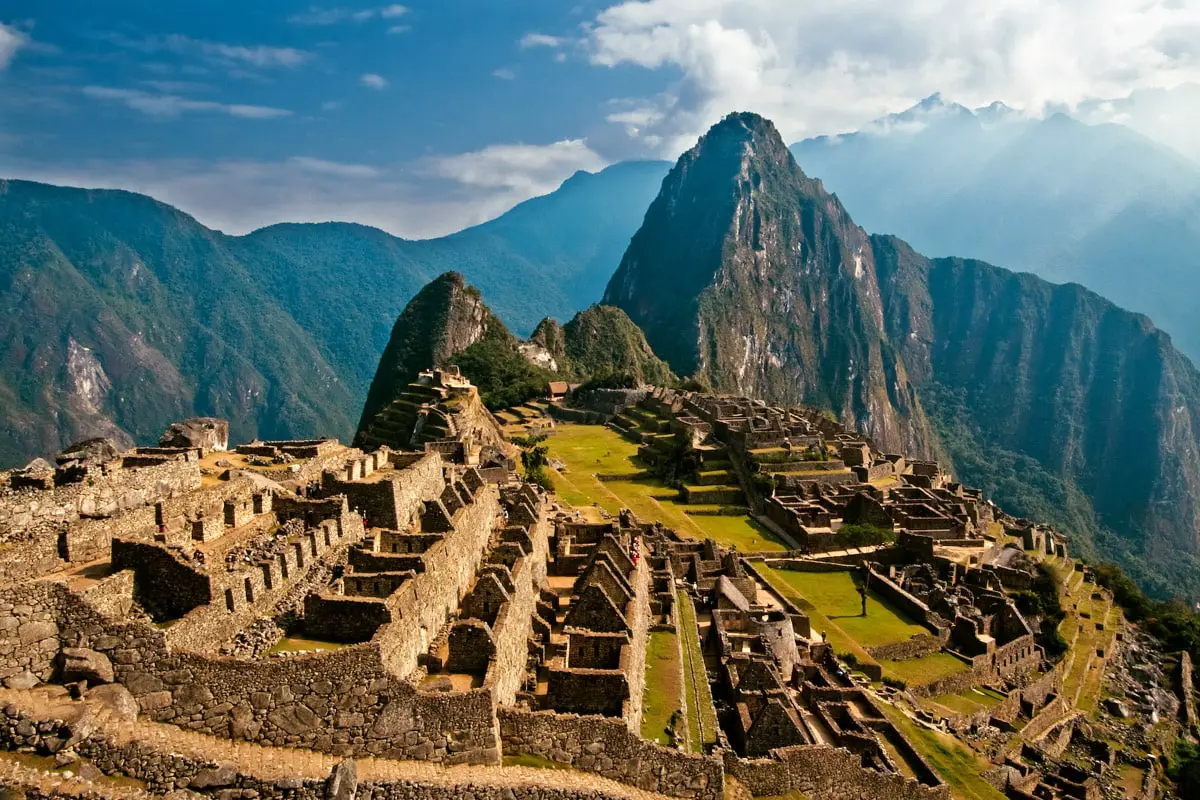
Wonders of South America
There is little doubt – South America is one of the most spectacular… maybe the most spectacular continent of the world.
There is located the second-highest mountain chain in the world, the largest rainforest, the tallest volcanoes, and the tallest and largest waterfalls. The highest biological diversity in the world is reached somewhere near the eastern ranges of the Andes in Ecuador, Peru, or Colombia.
 Recommended books
Recommended books
Enduring Patagonia
Patagonia is a strange and terrifying place, a vast tract of land shared by Argentina and Chile where the violent weather spawned over the southern Pacific charges through the Andes with gale-force winds, roaring clouds, and stinging snow. Squarely athwart the latitudes known to sailors as the roaring forties and furious fifties, Patagonia is a land trapped between angry torrents of sea and sky, a place that has fascinated explorers and writers for centuries.
Evolutionary Biogeography of the Andean Region
The first reference book to provide a comprehensive treatment of the biogreography of the Andean region.

